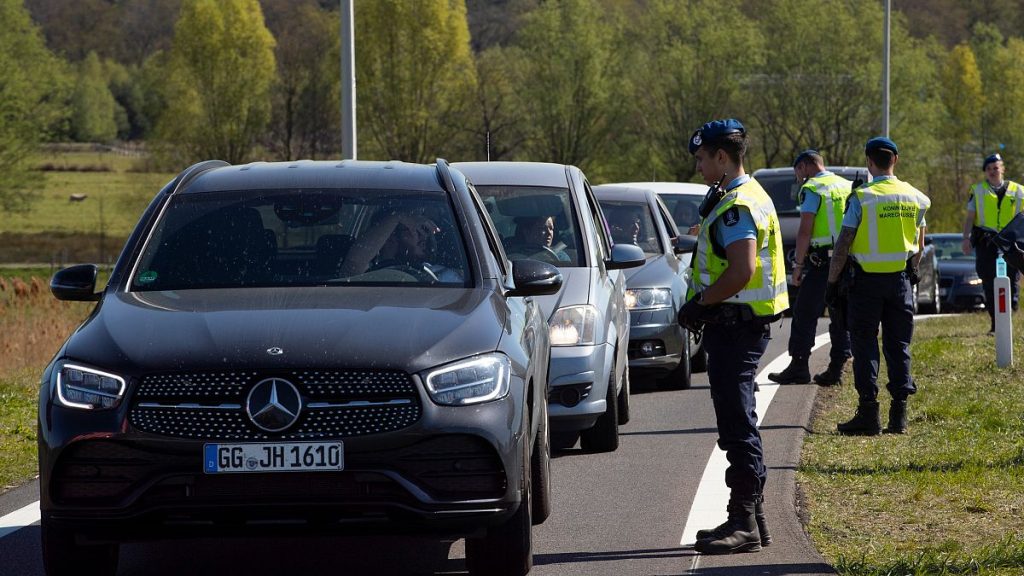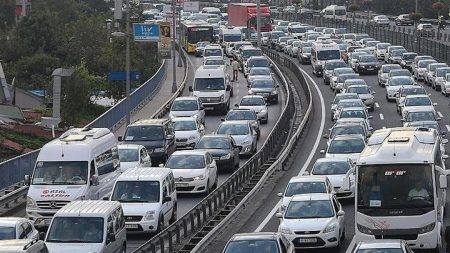The Dutch government has announced plans to reintroduce border controls at the country’s land borders in order to tackle irregular migration. This move comes as part of a larger effort by the hard-right government to tighten immigration controls and address rising anti-foreigner sentiment in Europe. The policy, set to take effect in December, complies with EU law requiring member states to notify Brussels four weeks before restricting freedom of movement. The decision to reintroduce border controls aligns with the sentiments of Geert Wilders’ anti-immigration party, which has been advocating for tighter border security for years.
The Netherlands’ decision to reintroduce border controls is a response to the increasing challenges posed by irregular migration and migrant smuggling. The measures aim to address these issues in a concrete way and will be implemented within existing capacity without additional funding for the national policy force response. The country’s land borders with Germany and Belgium have hundreds of crossings, and the border controls must be carried out with minimal disruption to traffic. The move to reintroduce controls follows similar actions taken by Germany, which began carrying out checks on its borders with several neighbouring countries after experiencing extremist attacks.
The reintroduction of border controls by the Netherlands is in line with EU regulations, which allow member states to temporarily enforce controls at internal borders in the face of serious threats to internal security. The EU emphasizes that such measures should be a last resort in exceptional situations and should be time-limited. The decision to reintroduce controls reflects a broader trend in Europe towards strengthening border security and addressing concerns related to irregular migration. The Netherlands’ policy aligns with the sentiments expressed by Geert Wilders’ party, which has been advocating for stricter controls on immigration for over a decade.
The Dutch government’s decision to reintroduce border controls signals a shift towards a more restrictive immigration policy, driven by concerns over irregular migration and migrant smuggling. The policy, set to take effect in December, aims to address these challenges in a concrete manner and comply with EU regulations on border controls. The reintroduction of controls follows similar actions taken by Germany in response to security threats posed by extremist attacks. The move to tighten border security aligns with the sentiments of Geert Wilders’ anti-immigration party, which has long called for stricter controls on immigration.
The Netherlands’ decision to reintroduce border controls reflects broader trends in Europe towards stronger border security measures and stricter controls on immigration. The country’s policy is part of a larger effort by the hard-right government to address concerns related to irregular migration and rising anti-foreigner sentiment. The measures are designed to be implemented within existing capacity, without additional funding for the national policy force response. The border controls, which must be carried out with minimal disruption to traffic, will take effect in December and comply with EU regulations on restricting freedom of movement.
In conclusion, the Dutch government’s decision to reintroduce border controls at the country’s land borders represents a response to the challenges posed by irregular migration and migrant smuggling. The policy aligns with EU regulations allowing member states to temporarily enforce controls at internal borders in the face of serious security threats. The reintroduction of controls follows similar actions taken by Germany and reflects broader trends in Europe towards stronger border security measures and stricter controls on immigration. The move to tighten border security aligns with the sentiments of Geert Wilders’ anti-immigration party and demonstrates a shift towards a more restrictive immigration policy in the Netherlands.















